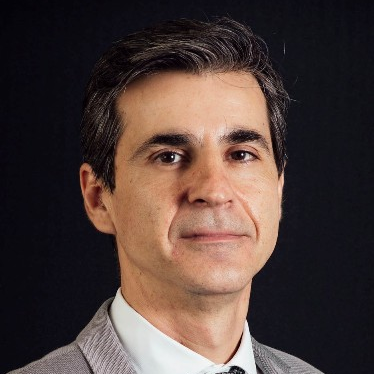Phononic Crystals
A special issue of Crystals (ISSN 2073-4352). This special issue belongs to the section "Inorganic Crystalline Materials".
Deadline for manuscript submissions: closed (31 March 2016) | Viewed by 72759
Special Issue Editors
Interests: phononic crystals; metamaterials; nonlinear waves; lattices
Special Issues, Collections and Topics in MDPI journals
Interests: acoustic metamaterials; acoustic metasurfaces; perfect absorption; phononic crystals; wave physics
Special Issues, Collections and Topics in MDPI journals
Interests: sonic and phononic crystals; acoustic metamaterials; nonlinear waves in lattices; wave manipulation with ordered an disordered media
Special Issue Information
Dear Colleagues,
Phononic crystals are periodic structures for phonons or acoustic/elastic waves, in close analogy to the crystalline structures for electrons. Due to the artificial periodicity and the associated temporal and spatial dispersion, they offer many possibilities to control the propagation of waves. Phenomena not found in conventional matter, as the formation of band gaps, negative refraction, beam self-collimation, subwavelength imaging, localization, waveguiding, and many others, have been exhaustively studied during the last years. Many of these phenomena are related to Bragg scattering effects that become relevant at wavelengths comparable with the periodicity of the system.
The field of phononics is progressing very quickly, being a main part of the current acoustics and vibration research worldwide, and extends beyond the simple periodic structures proposed initially. An extension of the main concepts to other materials, presenting remnants of order, as quasicrystals or random structures, or an increase of complexity by adding elements with a local response, as resonators and membranes, have been shown also relevant to the control of waves in structured media. Finally, nonlinear effects, as those shown by granular crystals, also add new degrees of freedom and open new perspectives in the field of acoustic/elastic wave control.
The current Special Issue of Crystals provides a unique forum for discussion and presentation of recent advances in the fields of research related to phononic crystals. Scientists working in this broad field, including quasicrystals or quasiperiodic structures for acoustic/elastic waves, are invited to present their work in this issue.
The topics summarized under the keywords should be considered only as examples. The volume is open for any advanced topics in the field of Phononic Crystals.
Prof. Dr. Victor J. Sanchez-Morcillo
Dr. Vicent Romero-Garcia
Dr. Luis M. Garcia-Raffi
Guest Editors
Manuscript Submission Information
Manuscripts should be submitted online at www.mdpi.com by registering and logging in to this website. Once you are registered, click here to go to the submission form. Manuscripts can be submitted until the deadline. All submissions that pass pre-check are peer-reviewed. Accepted papers will be published continuously in the journal (as soon as accepted) and will be listed together on the special issue website. Research articles, review articles as well as short communications are invited. For planned papers, a title and short abstract (about 100 words) can be sent to the Editorial Office for announcement on this website.
Submitted manuscripts should not have been published previously, nor be under consideration for publication elsewhere (except conference proceedings papers). All manuscripts are thoroughly refereed through a single-blind peer-review process. A guide for authors and other relevant information for submission of manuscripts is available on the Instructions for Authors page. Crystals is an international peer-reviewed open access monthly journal published by MDPI.
Please visit the Instructions for Authors page before submitting a manuscript. The Article Processing Charge (APC) for publication in this open access journal is 2600 CHF (Swiss Francs). Submitted papers should be well formatted and use good English. Authors may use MDPI's English editing service prior to publication or during author revisions.
Keywords
- phononic crystals
- sonic crystals
- granular crystals
- waveguides
- localization
- focusing
- band gaps







